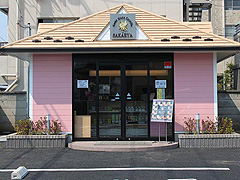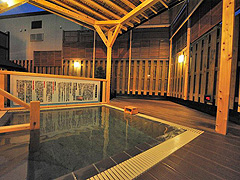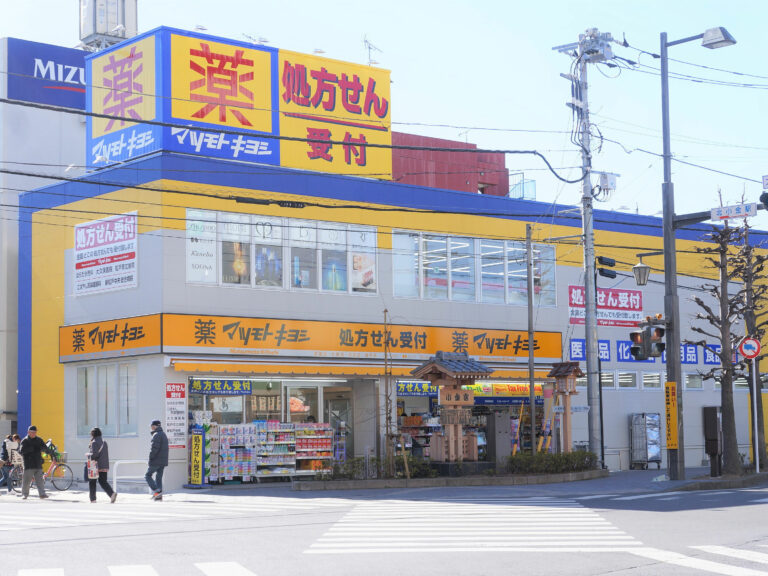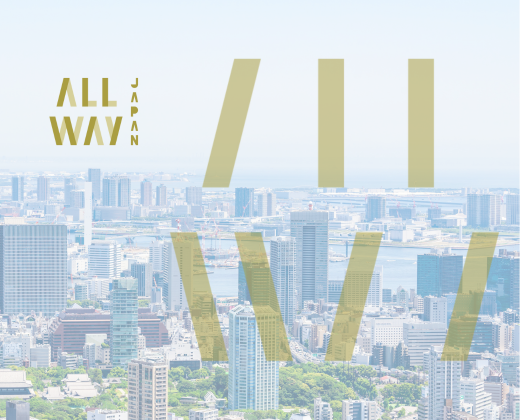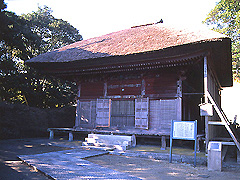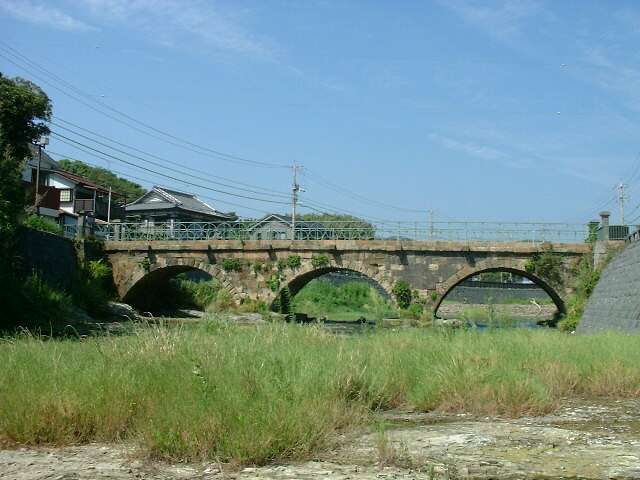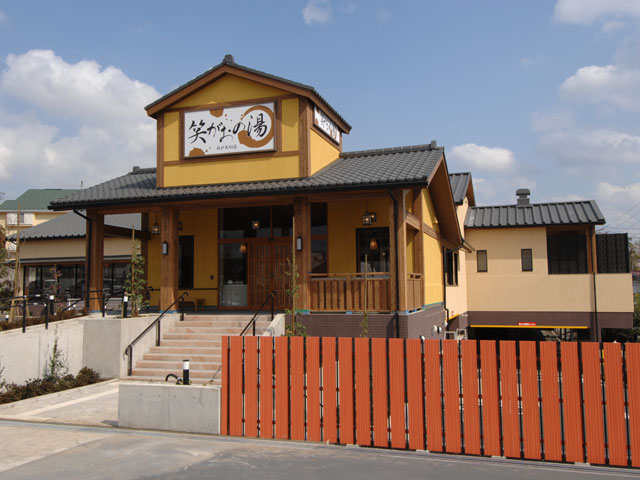
The appearance of the Matsudo Yagiri store
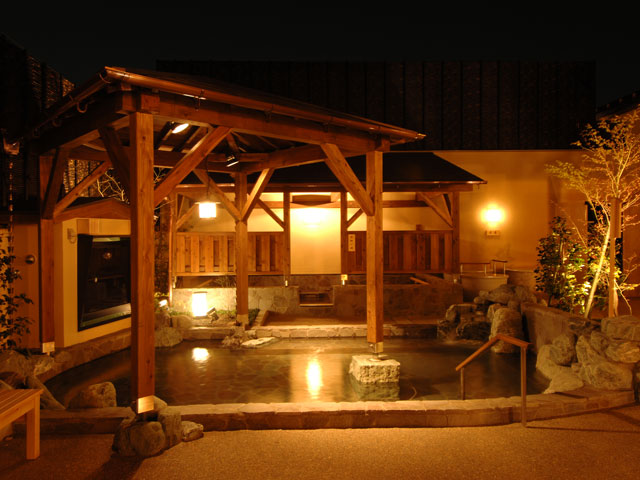
There is an outdoor bath where you want to take a bath while watching the stars
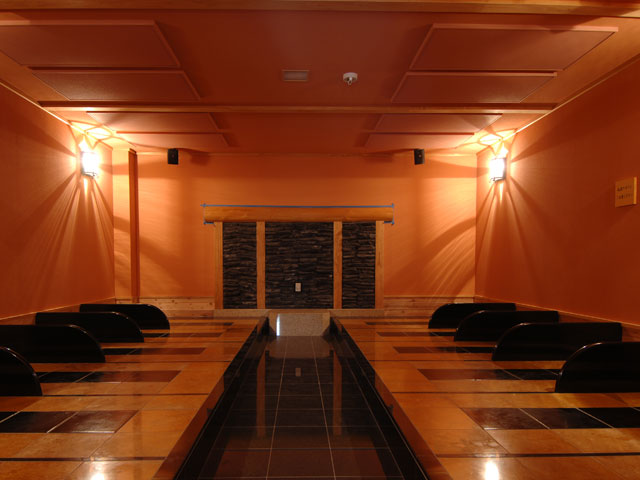
You can also use a rock bath at an additional cost
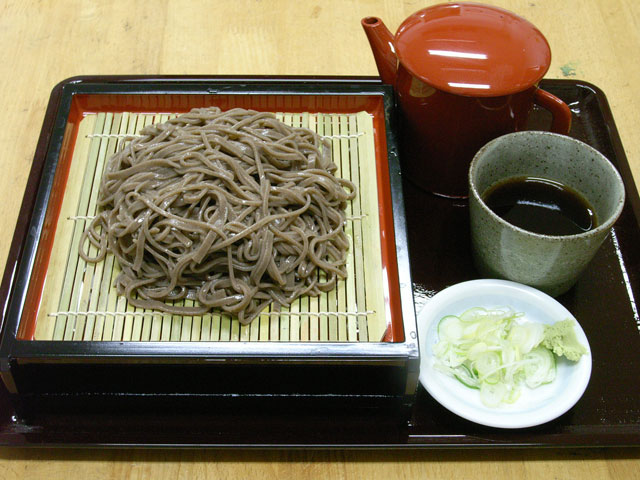
You can also taste soba noodles at the restaurant
The information provided reflects the details available at the time of the survey.
Please note that facility details may change due to the facility’s circumstances, so please check for the latest information before visiting.
This content has been translated using machine translation.
Information provided by: JTB Publishing
The content uses an automatic translation service, which is not always accurate.
The translated content may be different from the original meaning, so please understand and use it.

